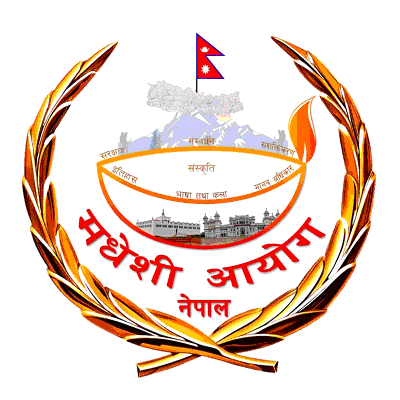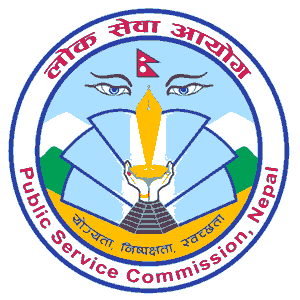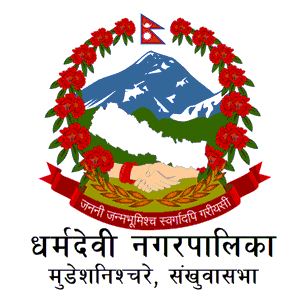Overview
The Indigenous Nationalities Commission (INC - Adivasi Janajati Aayog - आदिवासी जनजाति आयोग), established by the Constitution of Nepal in 2015, serves as a crucial constitutional entity dedicated to safeguarding the rights and interests of Indigenous communities. This body, operational since November 13, 2018, underscores Nepal's commitment to recognizing and valuing its Indigenous nationalities' unique cultural heritage and rights. The Commission's Secretariat is located in Lalitpur, Pulchowk, and is the central hub for all its activities and initiatives to promote Indigenous rights and interests.
Formation and Legal Framework
-
The INC is structured with a chairperson and up to four members, all appointed by the President of Nepal based on recommendations from the Constitutional Council.
-
The Indigenous Nationalities Commission Act of 2074 governs the commission. The commission's roles, responsibilities, and operational guidelines are well-defined, ensuring a structured approach to addressing the needs of Indigenous communities.
Mandate and Objectives
-
Research and Protection: The INC's primary function is to conduct comprehensive studies and research to protect the rights and welfare of Indigenous nationalities.
-
Policy Recommendations: It is pivotal in advising on policy, legal, and institutional reforms that aim to empower and develop Indigenous communities.
-
Cultural Preservation: The commission is tasked with safeguarding languages, traditions, and cultural practices, ensuring the continuation of Indigenous heritage.
-
Awareness and Advocacy: The INC seeks to eliminate social stigmas and exploitation through awareness programs, promoting a more inclusive society.
-
Economic Empowerment focuses on developing and implementing programs to uplift economically or socially disadvantaged groups within Indigenous communities.
Significance and Impact
The Indigenous Nationalities Commission symbolizes a progressive step towards inclusive governance and cultural preservation in Nepal. By advocating for Indigenous communities' rights, traditions, and welfare, the INC not only honors Nepal's rich diversity but also plays a critical role in the nation's social and cultural development. Its policy formulation, advocacy, and empowerment efforts are key to ensuring that Indigenous nationalities in Nepal are recognized, respected, and given equal opportunities to thrive.
List of Indigenous Nationalities (List of Adivasi Janajati in Nepal)
| Bankariya | Kumal | Kusunda |
|---|---|---|
| Gangai | Gurung | Chepang |
| Chhantyal | Chhairotan | Jirel |
| Jhangad | Dolpa | Tangbe |
| Tajpuriya | Tamang | Tin Gaule Thakali |
| Topkegola | Thakali | Thami |
| Tharu | Thudam | Danuwar |
| Darai | Dura | Dhanuk (Rajbanshi) |
| Dhimal | Newar | Pahari |
| Phree | Bankariya | Baramu |
| Barha Gaule | Bote | Bhujel |
| Bhote | Magar | Majhi |
| Marphali Thakali | Mugali | Meche (Wodo) |
| Yaakkha | Rai | Raute |
| Ranbanshi (Koch) | Rajhi | Larke |
| Limbu | Lepcha | Lhopa |
| Lhomi (Shigsawa) | Walung | Vyasi |
| Sherpa | Satar (Santhal) | Siyar |
| Sunwar | Surel | Hayu |
| Hyolmo | Ranatharu | Kushwadiya |
Classification of Indigenous Nationalities
|
Endangered |
Bankariya, Hayu, Kisan, Kusbadiya, Kusunda, Lepcha, Meche, Raji, Raute, Surel |
10 |
|
Highly Marginalized |
Bote, Baramu, Chepang, Danuwar, Dhanuk, Jhagar, Majhi, Santhal, Shiyar, Shingsawa, Thami, Thudam |
12 |
|
Marginalized |
Bhote, Bhujel, Darai, Dhimal, Dolpo, Dura, Gangai, Kumal, Larke, Lhopa, Mugal, Pahari, Phree, Rajbansi, Sunuwar, Tajpuriya, Tamang, Tharu, Topkegola, Walung, Rana Tharu |
21 |
|
Disadvantaged |
Baragaule Thakali, Byansi, Chhantyal, Chhairotan, Gurung, Jirel, Limbu, Magar, Marphali Thakali, Rai, Sherpa, Tangbe, Tingaule Thakali, Yakkha, Yolmo |
15 |
|
Advanced |
Thakali, Newar |




.png)
.png)

-Logo.png)
-Logo.png)


